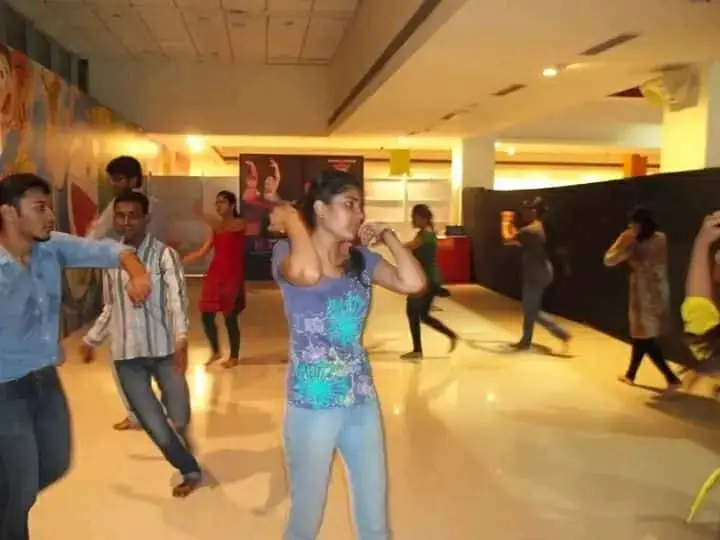Cultural significance of Garba in Gujarat
The cultural significance of Garba in Gujarat is profound and multifaceted, rooted in devotion, social unity, and celebration of feminine power. Garba is traditionally performed during the nine-night Hindu festival of Navratri, dedicated to Goddess Durga, who represents Shakti—the divine feminine energy. The dance is an expression of reverence for the goddess and celebrates life, fertility, and womanhood. Garba literally means “womb” and symbolizes the cycle of life, birth, death, and rebirth, with dancers moving in circular patterns around an earthen pot or image of the goddess, representing the eternal nature of the cosmos.
Garba is not only a devotional ritual but also a social event that fosters inclusiveness and unity. It brings together people from different ages, castes, and genders, promoting social equality and community bonding. The dance is typically performed in communal spaces, underscoring the collective spirit and joy of togetherness. It is a living tradition transmitted through generations via observation, participation, and cultural practice, extending beyond Gujarat into diaspora communities worldwide.
The dance also showcases vibrant traditional attire and music, contributing to cultural identity preservation and celebration. UNESCO inscribed Garba as an intangible cultural heritage of humanity, highlighting its global cultural importance. It continues to be a key symbol of Gujarati culture, spirituality, and social cohesion during Navratri, weddings, and other celebrations.
